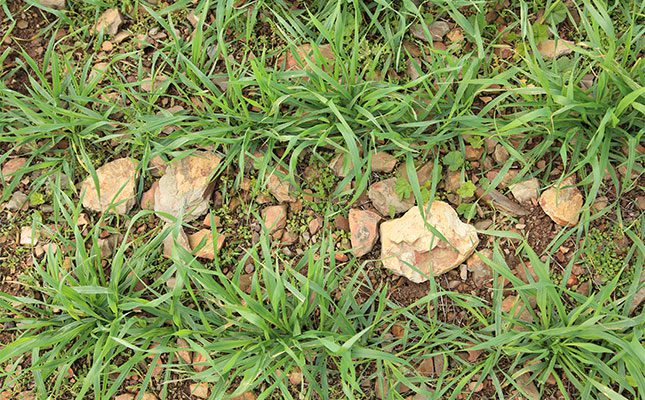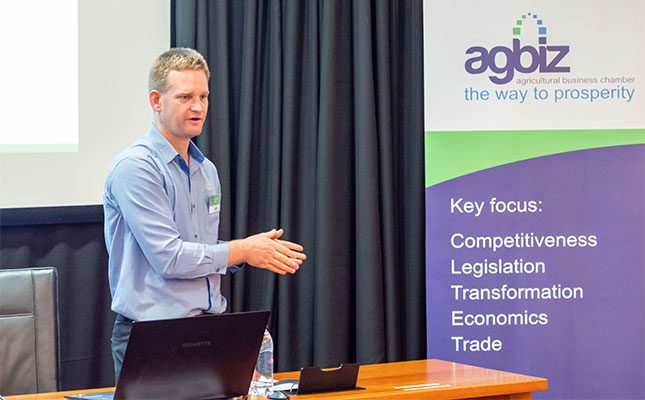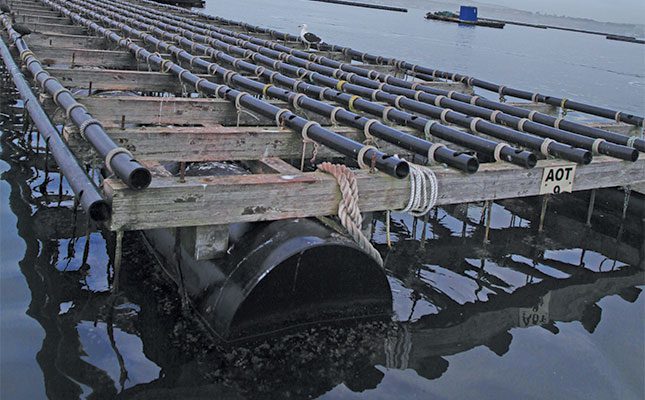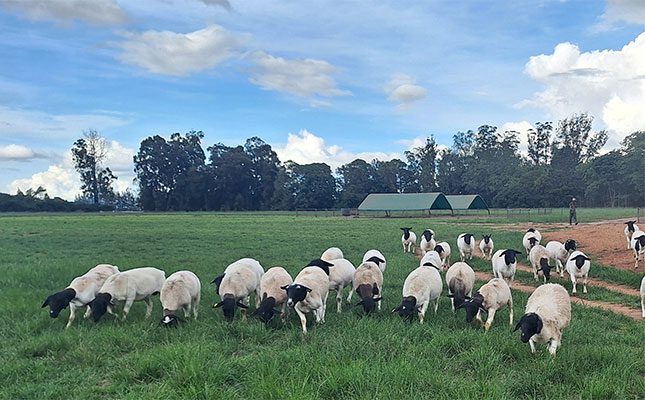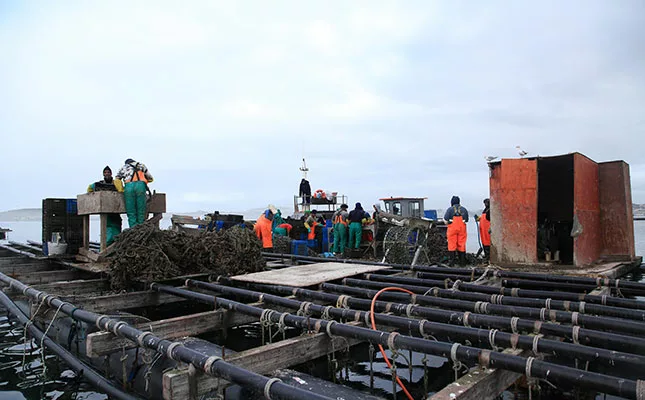
Photo: Glenneis Kriel
The World Wide Fund for Nature-Southern African Sustainable Seafood Initiative (WWF-SASSI) recently released its Retailer/Supplier Participation Scheme Report 2024 titled Fragile Waters, Resilient Futures.
READ Tuna fishing under pressure as global demand increases
The report revealed that the volume of seafood consumed in South Africa increased from 325 000t in 2022 to 350 000t in 2024, with renewed interest in cooking and premium seafood, particularly among lower-income groups.
The number of South Africans who ate seafood rose from 13,9 million in 2022 to 16,7 million in 2025, with a notable rise in those consuming it more than once a week.
While traditional dishes such as dried bokkoms, Easter pickled fish, fish biryani, salted seafood, fish and chips, and grilled snoek reflected seafood’s cultural significance, prepared seafood products were also gaining popularity, signalling evolving lifestyles where convenience played a larger role in food choices.
Sustainability shaping consumer behaviour
According to the report, taste and price remained the main factors driving seafood purchases, but sustainability had emerged as one of the top 10 factors influencing consumer choice.
In 2025, 65% of consumers actively sought sustainable seafood options, up from 59% in 2022. However, about 30% remained uncertain about the sustainability of their seafood choices, which highlighted the need for improved education and clearer labelling to help consumers make informed ocean-friendly decisions.
READ Why fish farms fail, and how to avoid becoming a statistic
This was particularly important because, according to the report, marine wildlife populations decreased by 56% between 1970 and 2020, and the worldwide Living Planet Index 2024 reported that marine biodiversity was falling by 1,6% annually.
Nearly 49% of respondents to the WWF SASSI report identified knowledgeable retail staff as the most influential factor in their decision to buy sustainable seafood, with 38% citing clear labelling as a key driver.
Eighty-three percent of respondents believed retailers should be responsible for guaranteeing the seafood they sold was ocean-friendly, putting incredible pressure on retailers to provide clear, accessible information and visibly promote sustainable options.
Retailers’ sustainability efforts
The report detailed the progress made by WWF-SASSI Retailer and Supplier Participation Scheme participants against their own sustainability targets. It also identified the need to track differences in sustainability performance between private-label seafood products and proprietary brands from 2025 onwards.
John Dory’s achieved a 1% increase in meeting its sustainability commitments by species, with 80% of its WWF-SASSI-assessed volumes meeting sustainability criteria and 2% undergoing improvement.
Pick n Pay increased its sustainability commitments by 5%, with 54% of assessed volumes meeting targets, while Food Lover’s Market achieved a 9% increase, with 88% of volumes meeting its sustainability commitments.
READ Tilapia: the African fish that’s popular the world over
Woolworths added five species under improvement to its list, with 93% of assessed volumes meeting sustainability criteria and 3% under improvement.
Spar reported that 83% of private-label products met sustainability commitments, with two products from MSC-certified fisheries, and 73% of all assessed volumes meeting criteria.
Shoprite Checkers added 10 green-listed species to its procurement list, with assessed volumes increasing by 1% to 99%, of which 19% met sustainability criteria. Meanwhile, Atlantis Foods increased its certified species by four, with 65% of assessed volumes meeting standards and 1% under improvement.
A call for collaboration and transparency
Pavitray Pillay, head of business development and marketing at WWF South Africa, said: “While we recognise and appreciate the current efforts of retailers and suppliers to facilitate behavioural change, the goal now is to further enhance these initiatives. This can be done through more staff training, improved on-pack labelling, ensuring traceable systems are in place, and providing consumers with better information to support informed decision-making.
“With more seafood species undergoing assessment and an influx of international species landing in South African retailer spaces, the need to work together in the interests of sustainability is greater than ever before.
“Together, we can make responsibly and sustainably sourced seafood not just an aspiration but the default choice for all.”


